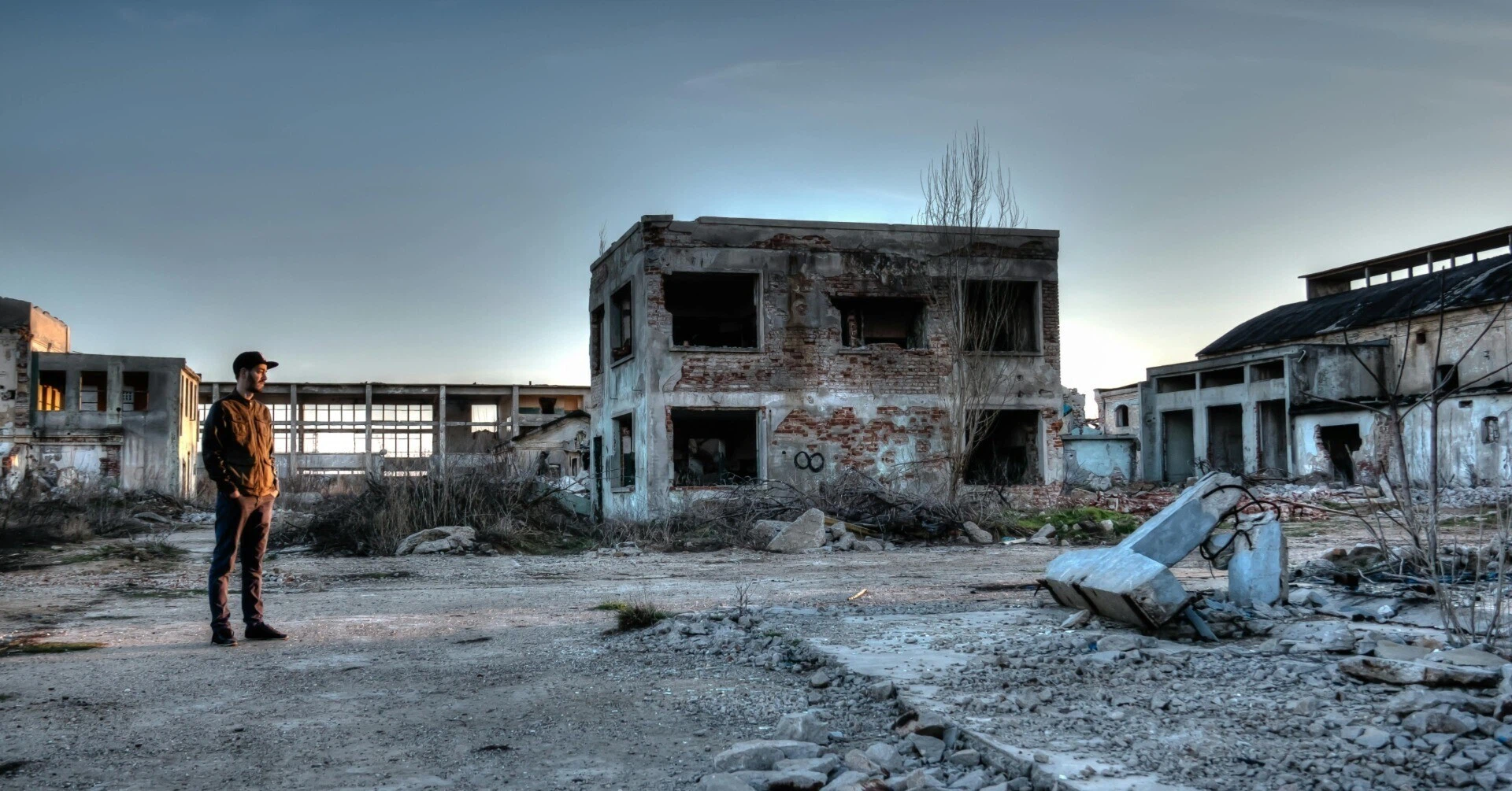
— Is continuity really broken by just one person’s decision?
(continued from previous entry)
This time, I want to highlight a case of misalignment that occurred at a long-established manufacturer. Although the company had a strong market share and a reputation for product quality, signs had begun to emerge that their traditional approach was no longer resonating with a new generation of customers.
To address this, we proposed the launch of an online community focused on “well-being” and “quality of life.” The goal was to create a space where users and the brand could connect naturally and build a new kind of relationship.

